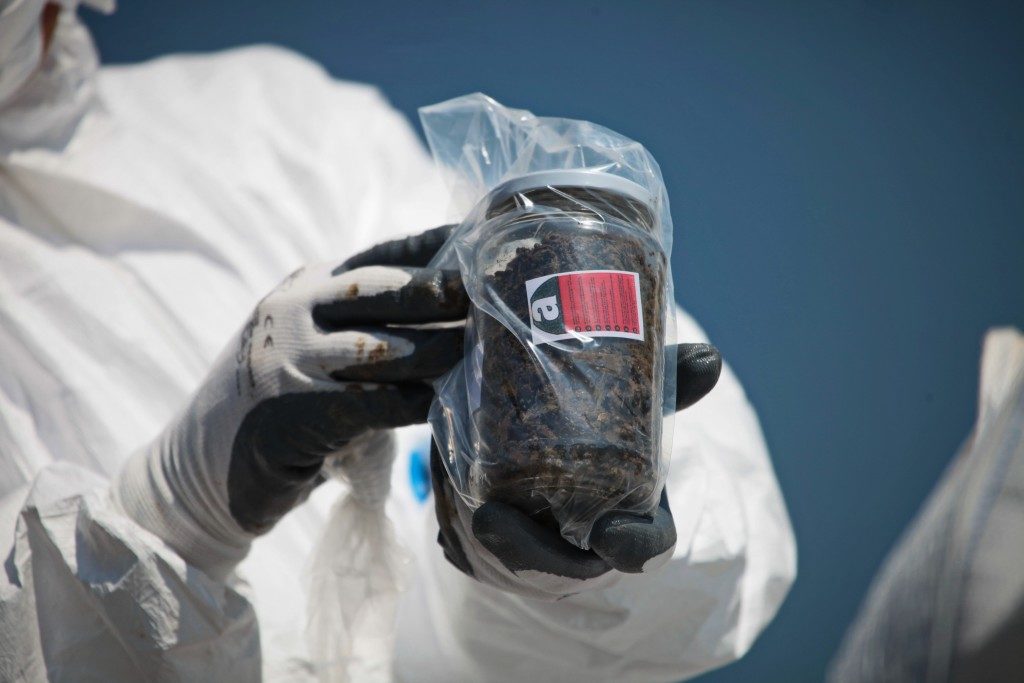Asbestos refers to a group of fibrous minerals that were frequently used in creating insulators for several industries like shipbuilding and construction. It was commonly used when industrialisation started to ramp up in the 19th century.
By itself asbestos is not harmful, but when the material is damaged and its dust particles are released into the air, health problems become much more likely. Breathing in asbestos-contaminated air will put you at risk of developing cancerous cells in your lungs and chest lining.
Due to increasing awareness and public pressure, use of asbestos in the UK was totally banned in 1999. However, any structure built before 2000 may contain asbestos and people run into it every now and then.
According to the Health and Safety Executive (HSE), exposure to asbestos causes the death of about 5,000 people in the UK annually.
Where is it usually located and what steps can be taken to minimise the risks?
Finding asbestos
Since it was frequently used as building material in the past, asbestos can be found in:
- Fire protection in ducts and structural steel work ( sprayed asbestos)
- Thermal insulation of pipes and boilers (lagging)
- Ceilings, wall partitions and panels (asbestos insulation boards)
- Roofing, gutters, rainwater pipes, water tanks (asbestos cement products, flat or corrugated sheets)
- Decorative plasters and paints (bitumen or vinyl material)
According to the HSE, materials or products with a high degree of asbestos are generally the ones that can be damaged or disturbed easily.
Managing the risks posed by asbestos

There are a number of measures you can implement to avoid asbestos exposure:
1. Identify and ascertain the presence of asbestos
If the building was made before 2000, there is the high possibility of the presence of asbestos. Gather evidence and observe the high-risk areas of the structure. This will involve a range of activities, from examining old building plans and builders’ invoices to consulting professionals like architects, employees and safety experts.
2. Assess the condition of the material
To determine the degree of danger posed, you would need to find out what condition the material is in. Does the material appear to be damaged? Are surface sealants showing signs of peeling? Questions like this help determine the likelihood of asbestos fibres contaminating the environment.
3. Survey and sample
People with appropriate training and expertise must be tasked with analysing the material. Make sure that they can present you with the necessary accreditations and experience before they start surveying the area.
4. Record findings
Keep a written or online record of the specific materials and areas that contain asbestos. This is to ensure that anybody within the vicinity (as well as yourself) is aware of its existence and can minimise contact with the deadly fibres.
5. Act on findings
Whether it’s installing safer underground drainage connectors or repairing the current fixtures to keep asbestos from being released, the standard procedure is to consult a contractor licensed by HSE. Pass on the information you’ve gathered to the relevant parties and work with them in finding solutions.
Exercise due diligence and caution
To whom do these duties fall? According to the Control of Asbestos Regulations of 2012, it’s your responsibility to take the necessary precautions and steps if you are:
- The building owner
- Person responsible via a written contract or tenancy agreement
- Person responsible via informal contract or agreement
- Person responsible for maintenance and repair of multi-occupancy building
Always exercise caution when attempting to repair, remove or seal materials with asbestos and seek out professional support.

